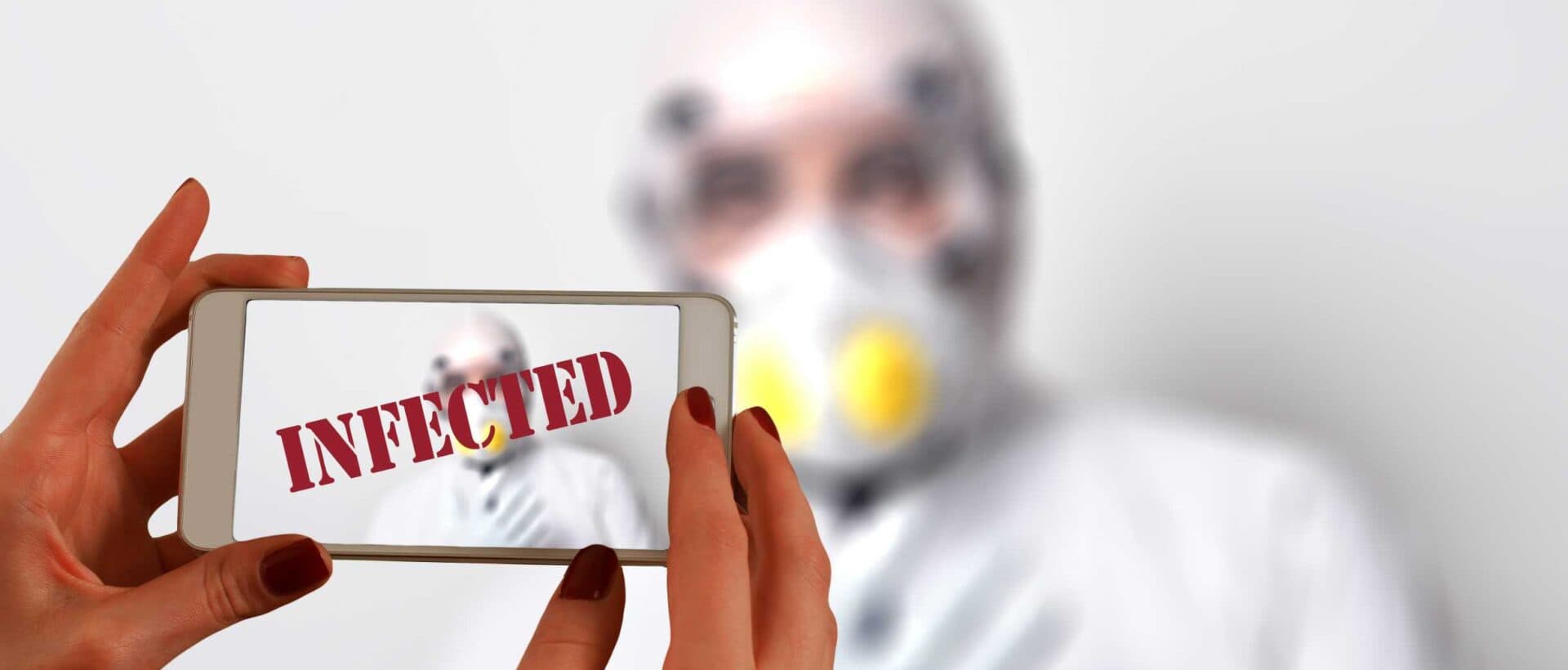During this stage of the global Pandemic due to Covid-19, technological creativity has been put to work with the aim of helping hospitals, health professionals and private companies offer solutions to control the virus and people feel safe.
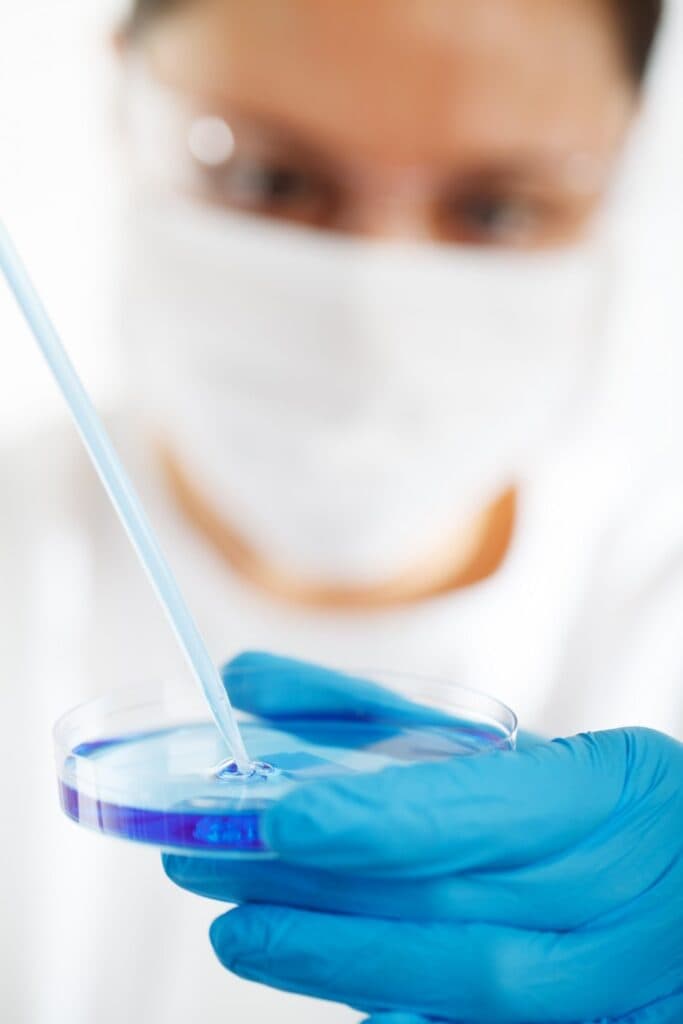
Technology in Telemedicine
Telemedicine is essential to prevent the collapse in hospitals, the diagnosis and treatment of COVID-19 can become quick and easy processes in which the patient only has to open an application, detail their symptoms and wait for a doctor to attend through a virtual appointment.
China and South Korea have been the main promoters in the use of apps to control the pandemic. Through specialized web portals and digital platforms such as Alipay and Wechat, the Chinese authorities have managed to avoid trips to health centers and, therefore, new infections. Panama followed these steps with the development of R.O.S.A. The system consists of creating a user with all personal data, completing an online form with data such as the city of residence, possible symptoms of COVID-19 or trips to high-risk areas. China and South Korea have gone further, by including the data, the application generates a QR Code in green, yellow or red, depending on the probability of being infected. If the person is moving around the country, it must show the QR code that they have. This way, the health authorities have an approximate record of possible cases, as well as the locality where the main sources of contagion are found.
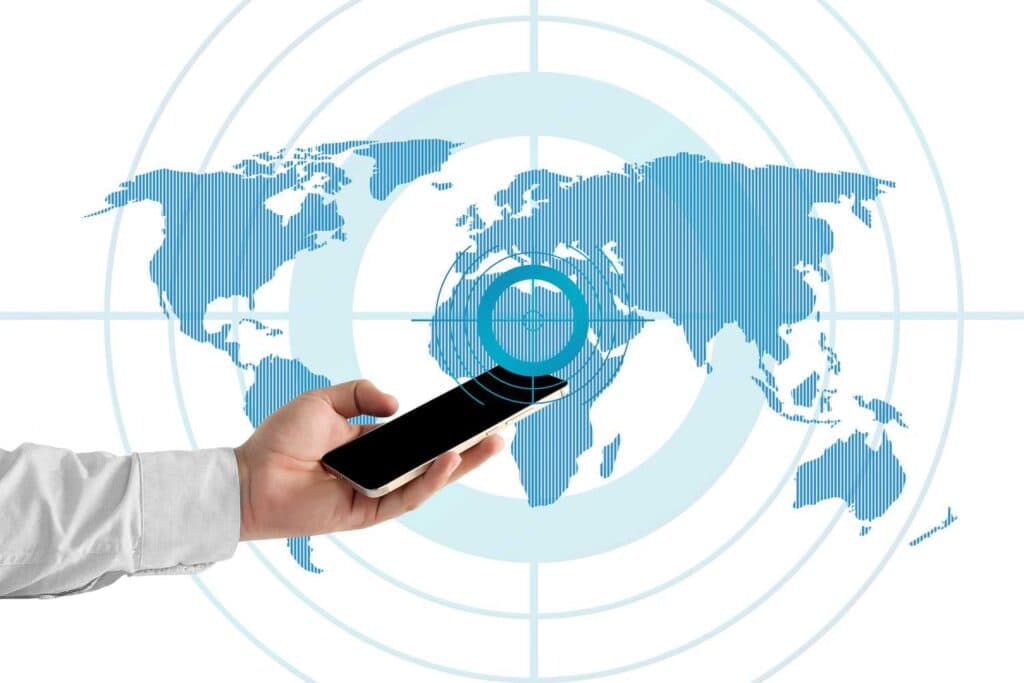
Another app called “Corona 100m” is based on a GPS location system through which users can know if they have traveled through places where COVID-19 cases have been previously detected. In addition, it also alerts the user when it is less than 100 meters from a place that has been frequented or visited by an infected person. Similar apps have also been developed in Spain, England, the United States, among others.
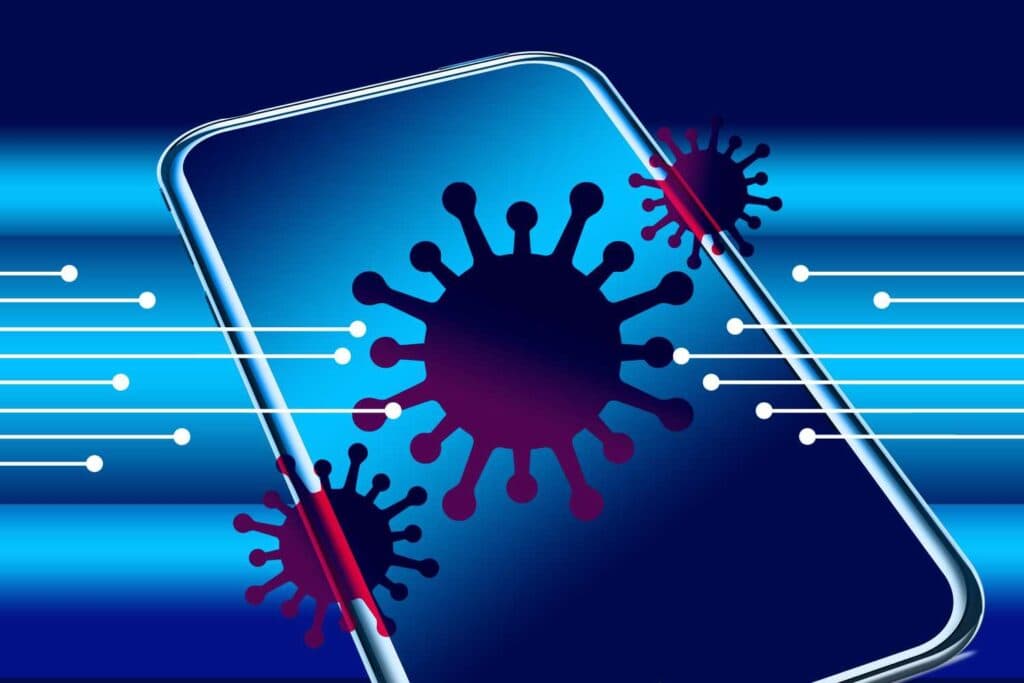
Artificial Intelligence
If sufficient quality data is available, artificial intelligence can be a powerful tool for making predictions about the evolution of COVD-19, or even looking for a possible treatment.
The Alibaba Damo Academy Research Institute has designed a program aimed at analyzing lung radiographs, identifying with a 96% accuracy those patients infected with COVID-19 and those who suffer from ordinary pneumonia.
On the other hand, AI developed automated applications that monitor the temperature, to identify people with feverish symptoms. Another similar facial recognition system that quickly identifies those who have no masks, helping the authorities in their preventive work. Uber also developed a system for verifying the use of masks through “selfies”, with which it hopes to verify that the driver uses this biosafety implement when providing its services.
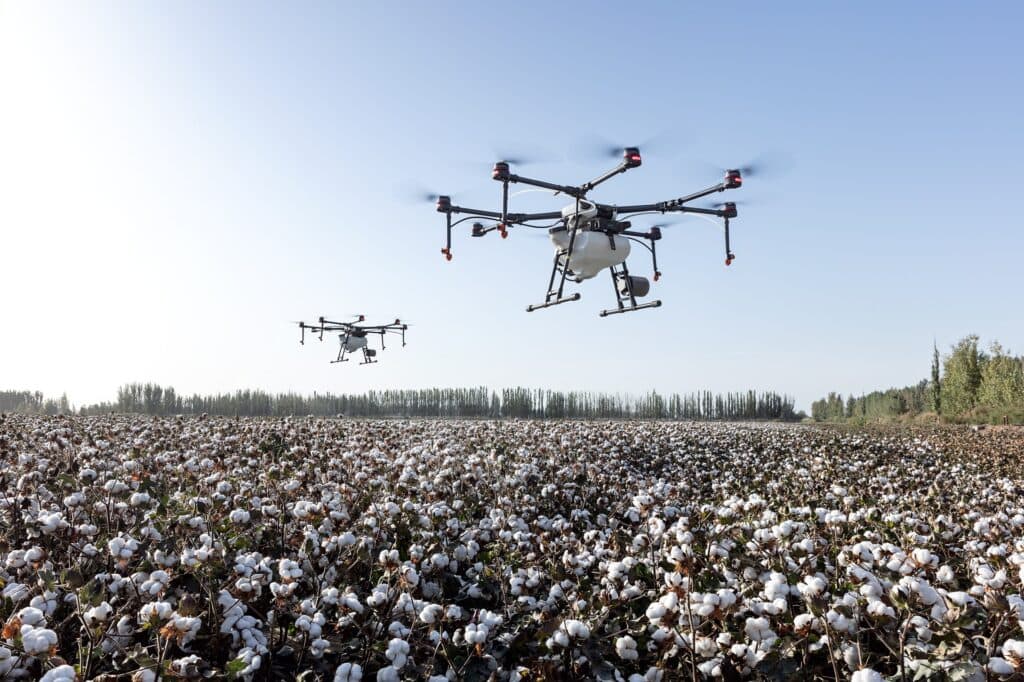
Drones and Robots
Robotics is gradually being introduced in the health and medical field, and its uses have been adapted in this health emergency. Robots are being used in Chinese hospitals to perform tasks such as delivering food, medicine or other products to patients who were placed in an isolation zone. This way, a double problem is confronted, the need for healthcare workers is met and the risk of transmission between patients and healthcare providers is reduced.
Another important role, such as disinfection, has been carried out by drones. In this sense, drones have been used in China to disinfect public places. In addition, with a few tweaks, speakers have been added to spread awareness and prevention messages and, through the installation of thermal cameras, they can also analyze the body temperature of passers-by.


